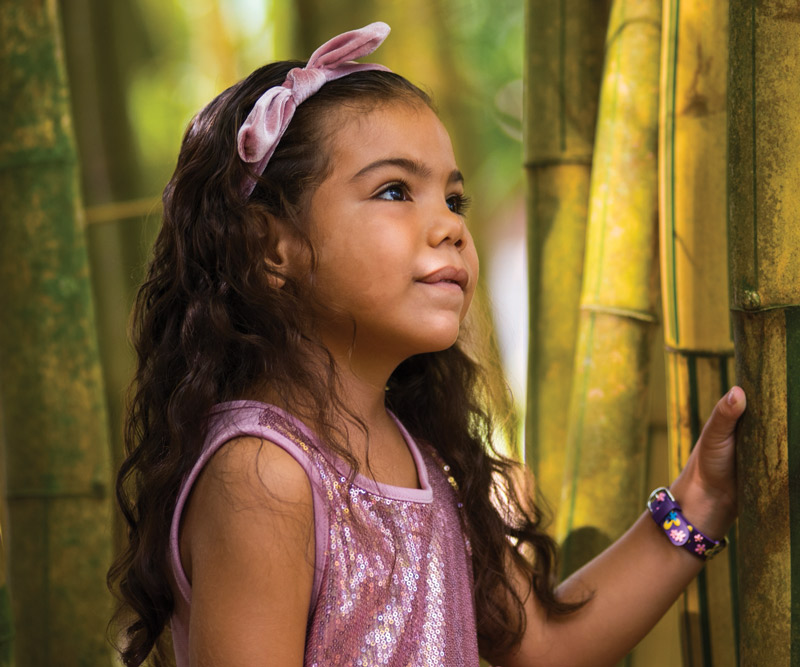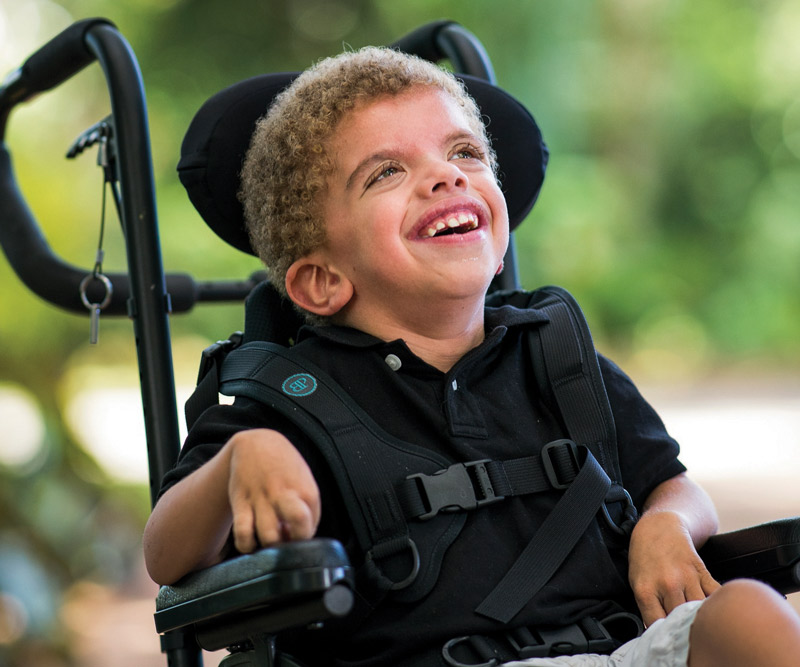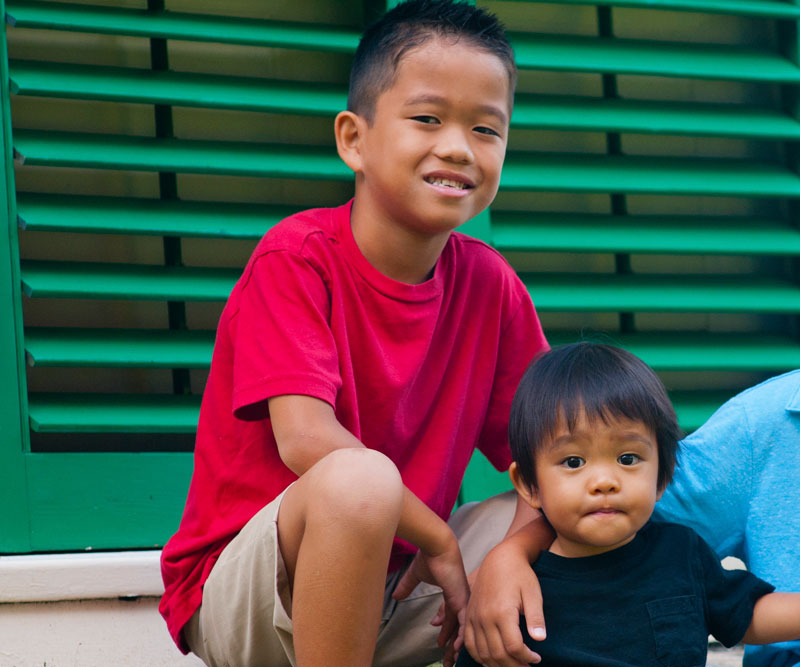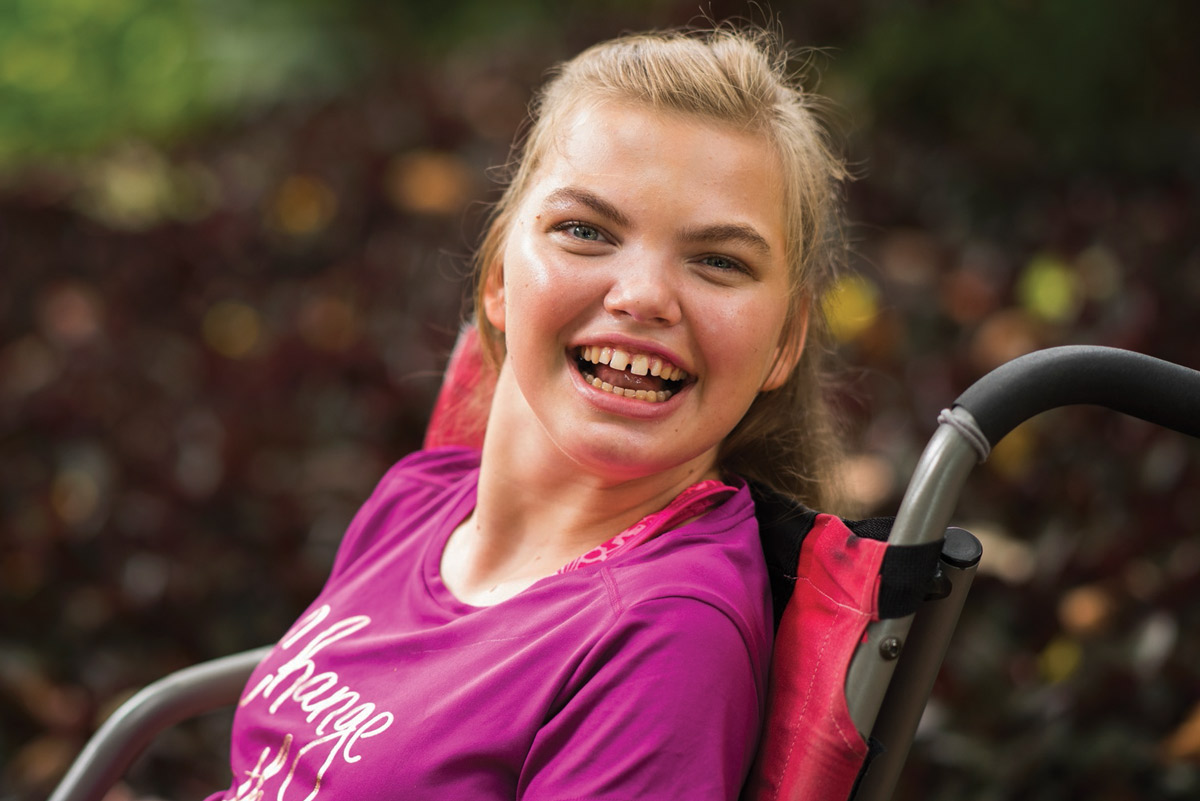
In September 2010, Sophia Robinson suddenly started feeling very sick.
The 10-year-old, who had been diagnosed with cerebral palsy as a toddler, had undergone hip surgery just a few weeks prior and had developed a cold over the weekend.
Now she felt weak and dizzy, and terribly thirsty. Her mom also noticed an unusual rash on the back of Sophia’s thighs.
The next morning, Sophia and her mother went to the pediatrician, but by then, Sophia was feeling much worse.
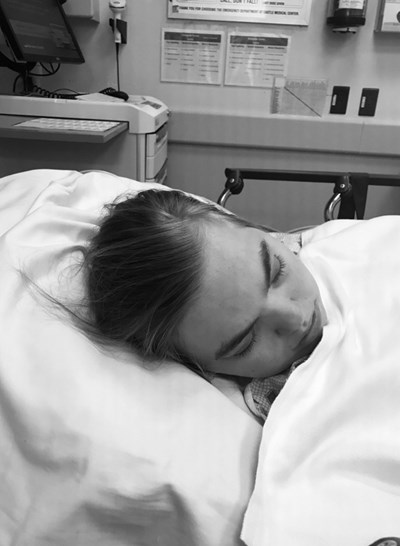
“I was very pale and worried about what could be wrong,” remembers Sophia, now 19.
The doctor found Sophia had lost 7 pounds since her surgery.
At that point I felt too lethargic and dehydrated to even cry."
When he checked her urine, it tested positive for glucose and ketones.
Sophia had Type 1 diabetes.
“My mom and I were in shock! Mom took me to Kapiolani Medical Center where the doctors and nurses were already waiting for me. At that point I felt too lethargic and dehydrated to even cry,” Sophia says.
Sophia spent the next four days at Kapiolani learning how to adjust to this new diagnosis.
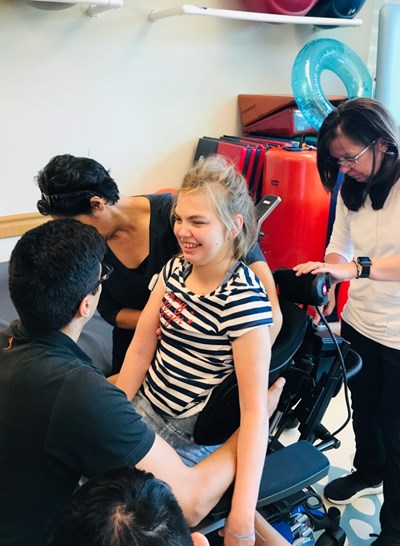
“At times it all felt like a bad dream – maybe it was some sort of mistake and everything would be ‘normal’ again,” she says. “I didn’t feel like this whole diabetes thing was fair; after all, I already had plenty to deal with having CP, being in a wheelchair and needing so much assistance from my parents, brothers and friends.”
I laugh when my mom tells people that I am a bionic girl and how my parents have to keep me ‘charged and calibrated’ at all times."
Sophia and her family spent the next years learning more about the autoimmune disease and how to best manage it.
Today, she is happy to report she is doing very well.
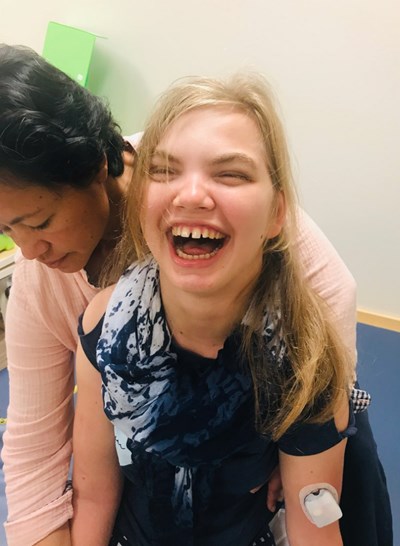
Her diabetes is under excellent control, and she will be graduating high school in 2020 – two years ahead of most special education students.
In addition, her care team at the Hoomana Clinic helped Sophia get an eye gaze communication device, a new power wheelchair and assistive equipment for her bathroom.
I can now live a more independent, happier and healthier life.”
“I laugh when my mom tells people that I am a bionic girl and how my parents have to keep me ‘charged and calibrated’ at all times,” she laughs. “It’s a lot of extra effort to keep all the equipment working properly, but thanks to the teams at Kapiolani who put in a ton of work to make it all happen, I can now live a more independent, happier and healthier life.”
Published on: October 21, 2019


